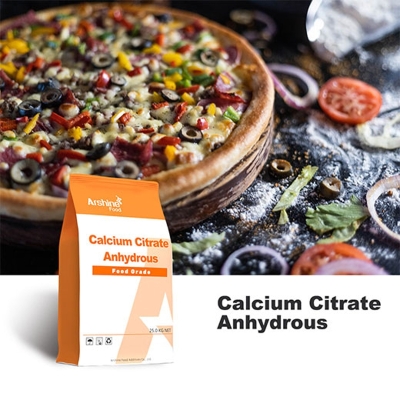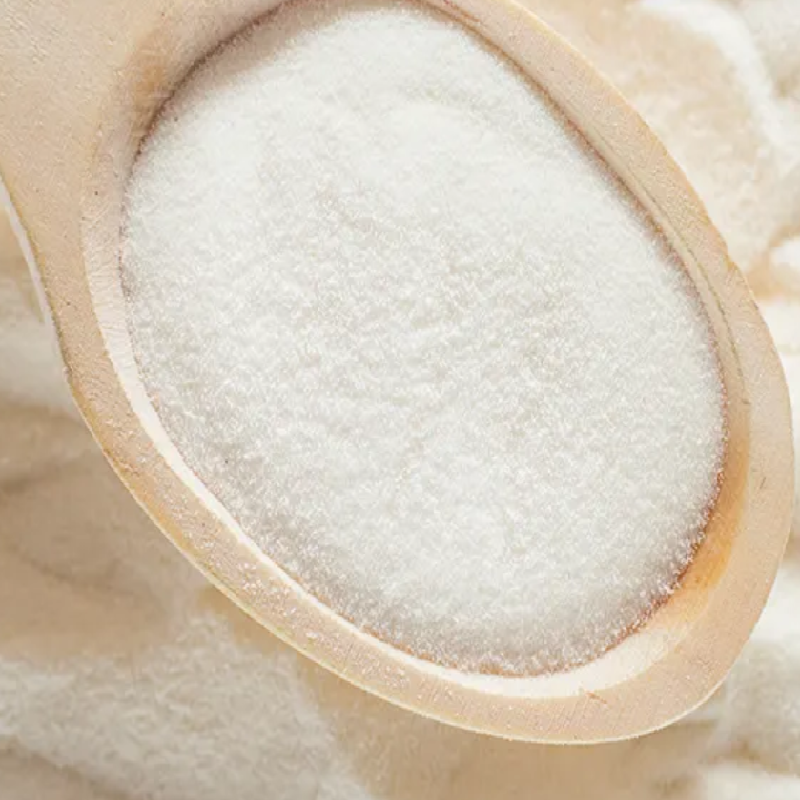Special nano cages are highly efficient for "detoxification" sterilization
-
Last Update: 2021-02-10
-
Source: Internet
-
Author: User
Search more information of high quality chemicals, good prices and reliable suppliers, visit
www.echemi.com
The emergence and spread of
bacterial resistance at the University of Science and Technology of China is a serious threat to global public health security, and it is urgent to develop new antimicrobials and antimicrobial therapies to effectively deal with the problem of bacterial resistance. Nanoenzyme is a class of inoranced nanoparticles with enzyme-like highly efficient catalytic properties, which is considered to be a new type of antimicrobial agent with broad application prospects, but because reactive oxygen species can not distinguish between bacteria and mammalian cells, nanoenzyme has lost the necessary selectivity of ideal antimicrobial agent.
2013-2015, Xiong Yujie's team found that adsorption-based reactive oxygen species with monoline-like oxygen could be formed on the surface of palladium-based metal nanostructures. Using the characteristics of mammalian cells that can ingest nanoparticles by swallowing nanoparticles but bacteria cannot, Yang Lihua's team, in collaboration with Xiong Yujie, proposed the strategy of using such nanoparticles, which can be in-place catalyzed to produce surface adsorption reactive oxygen species, to build high-efficiency, low-toxic antibacterial nanoenzymes. To test the validity of this strategy, they designed a series of silver palladium alloy nano cages from which they screened a special nano cage as a model nanoenzyme. Experimental results show that the nano cage can achieve the efficient removal of bacteria, including drug-resistant bacteria, after repeated use has not been seen to lead to the emergence of bacterial resistance, and a variety of mammalian cells are non-toxic.
results are expected to promote the application of biocompative nanoenzymes and help address the bacterial resistance crisis. (Source: Gui Yun'an, China Science Daily)
relevant paper information:
This article is an English version of an article which is originally in the Chinese language on echemi.com and is provided for information purposes only.
This website makes no representation or warranty of any kind, either expressed or implied, as to the accuracy, completeness ownership or reliability of
the article or any translations thereof. If you have any concerns or complaints relating to the article, please send an email, providing a detailed
description of the concern or complaint, to
service@echemi.com. A staff member will contact you within 5 working days. Once verified, infringing content
will be removed immediately.







